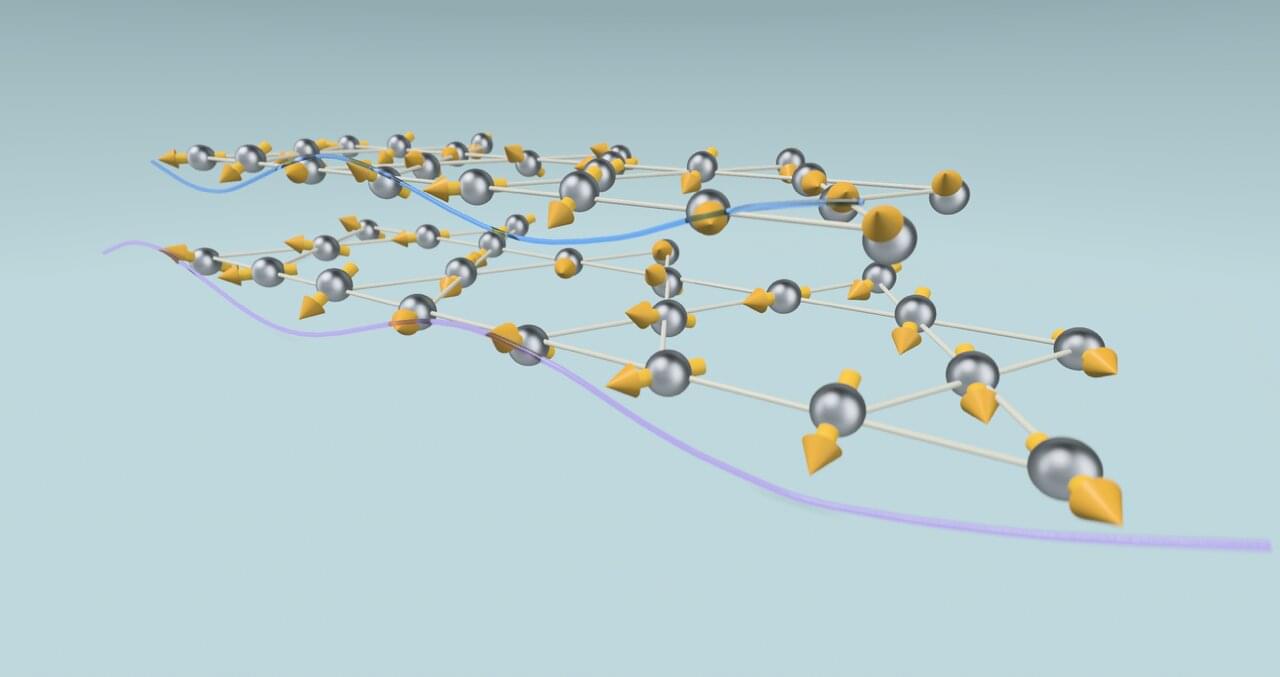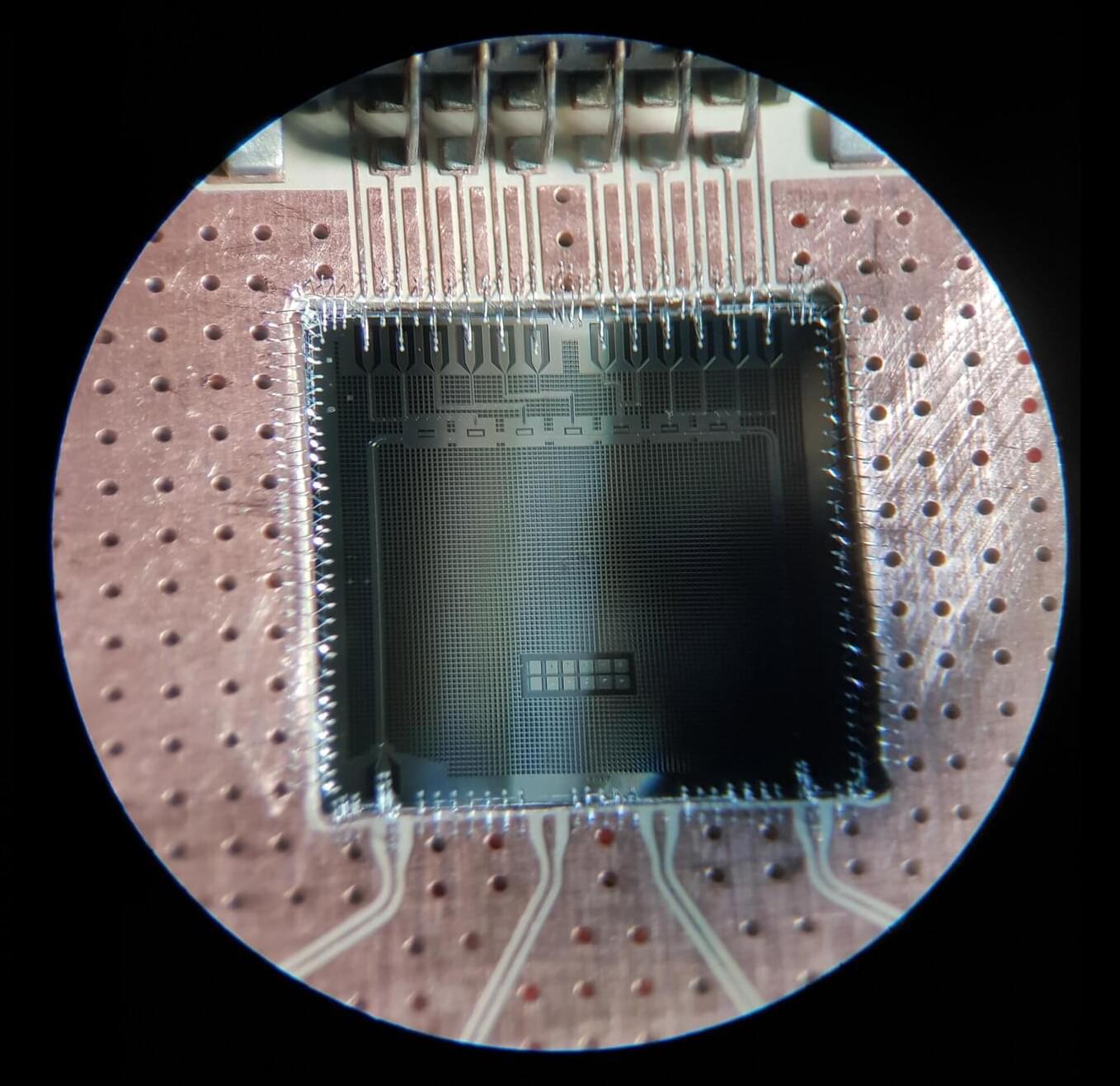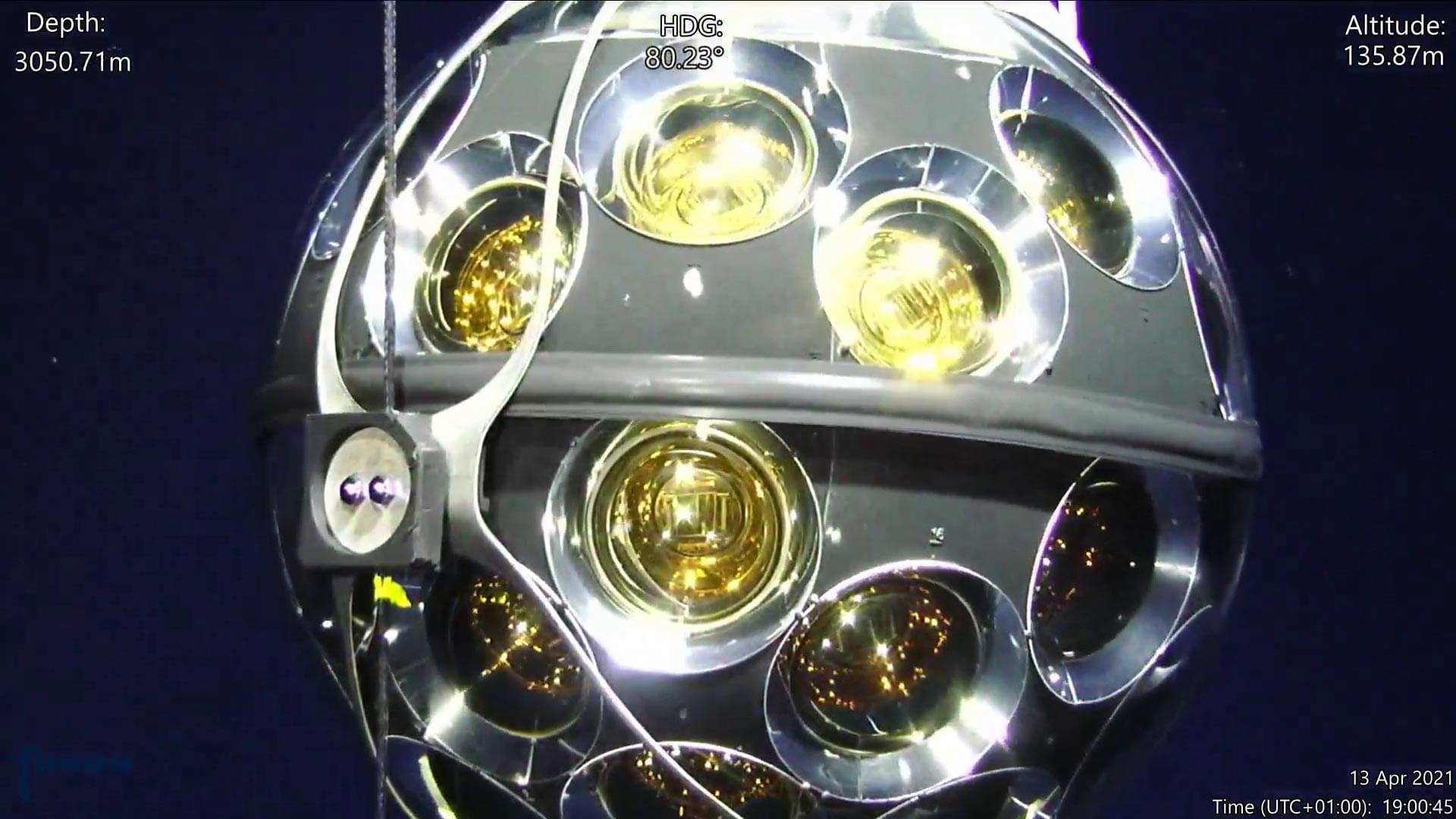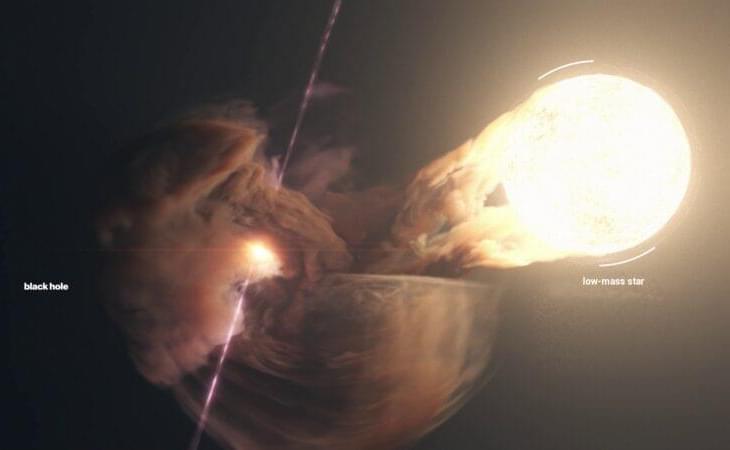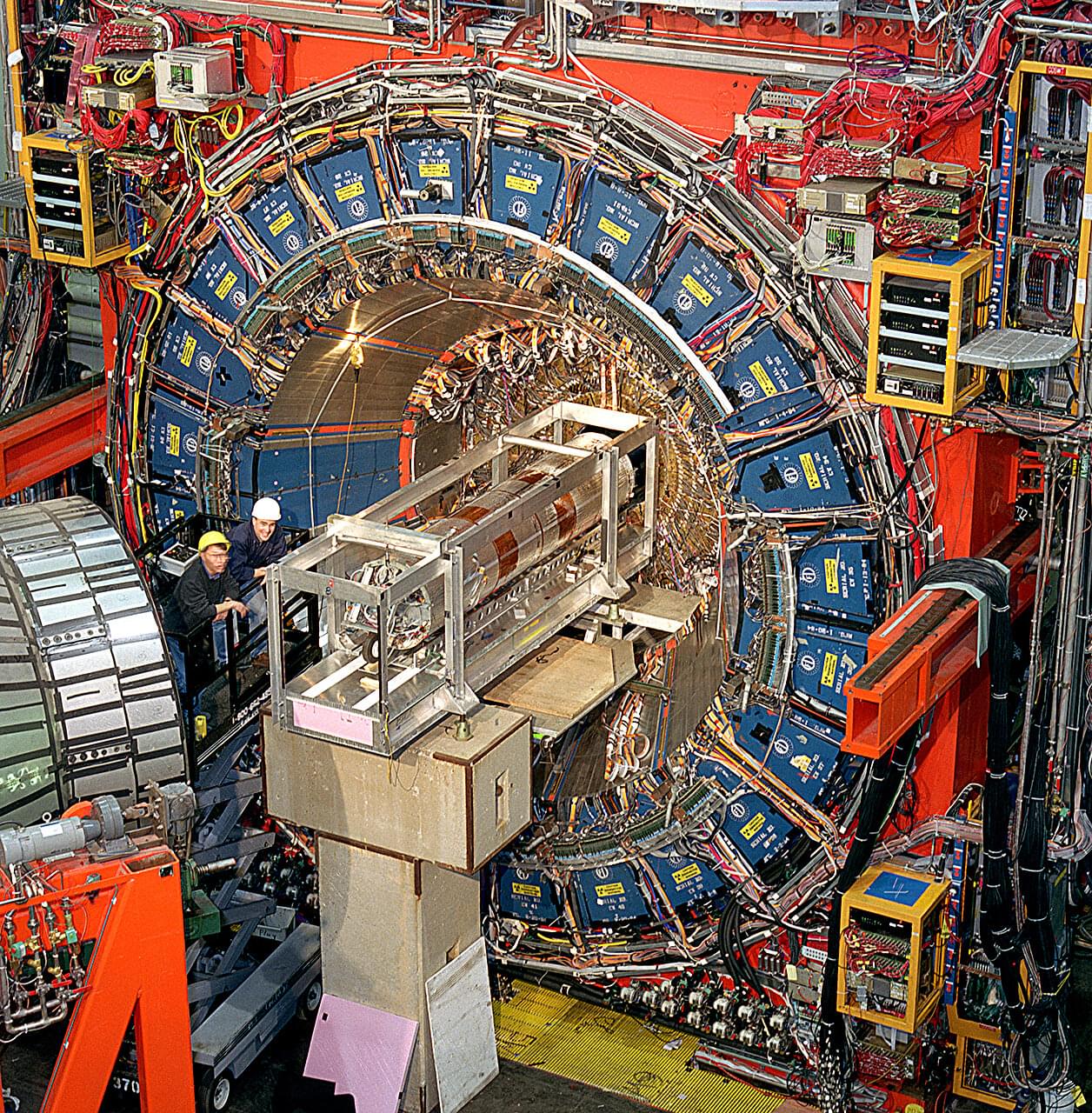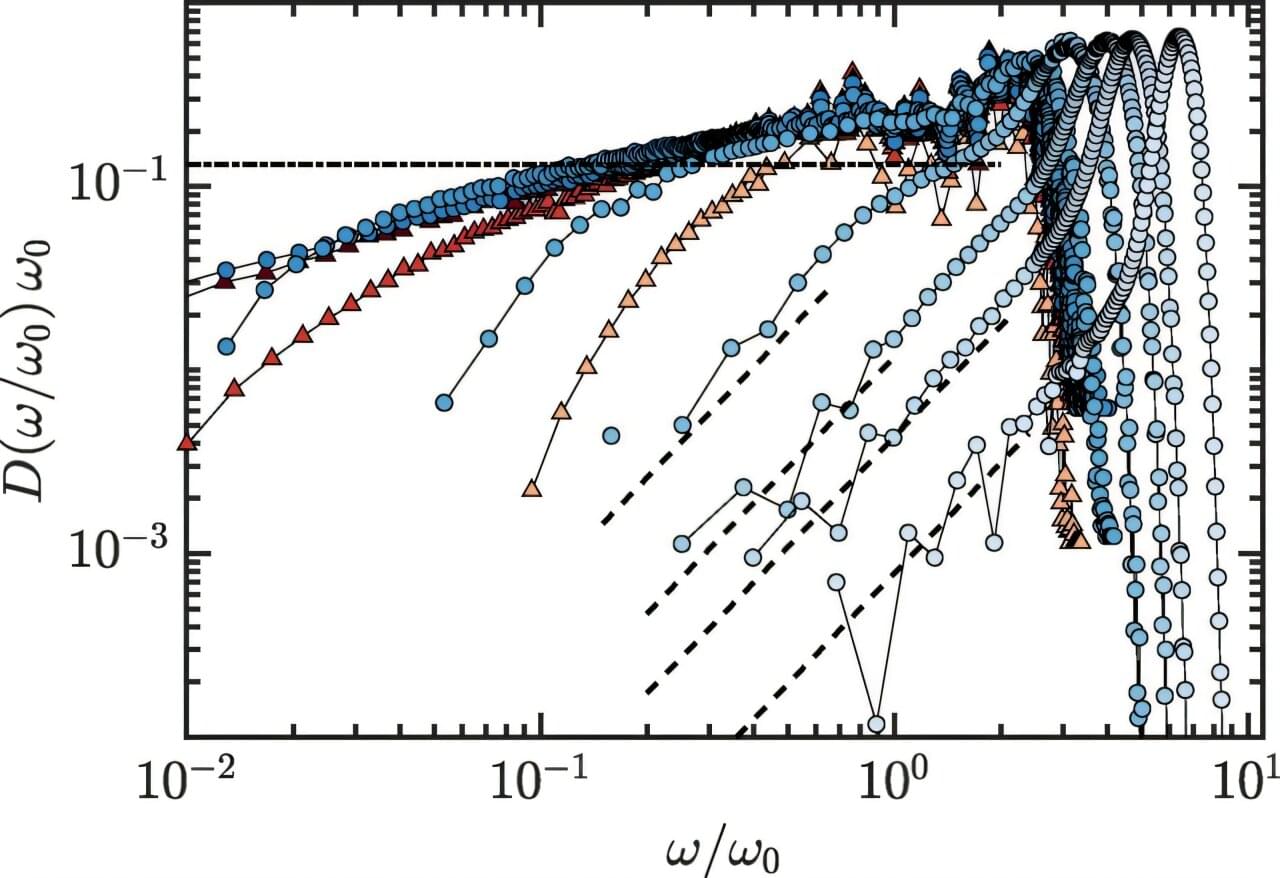When it comes to layered quantum materials, current understanding only scratches the surface; so demonstrates a new study from the Paul Scherrer Institute PSI. Using advanced X-ray spectroscopy at the Swiss Light Source SLS, researchers uncovered magnetic phenomena driven by unexpected interactions between the layers of a kagome ferromagnet made from iron and tin. This discovery challenges assumptions about layered alloys of common metals, providing a starting point for developing new magnetoelectric devices and rare-earth-free motors.
The research is published in the journal Nature Communications.
Patterns are everything. With quantum materials, it’s not just what they’re made of but how their atoms or molecules are organized that gives rise to the exotic properties that excite researchers with their promise for future technologies.
